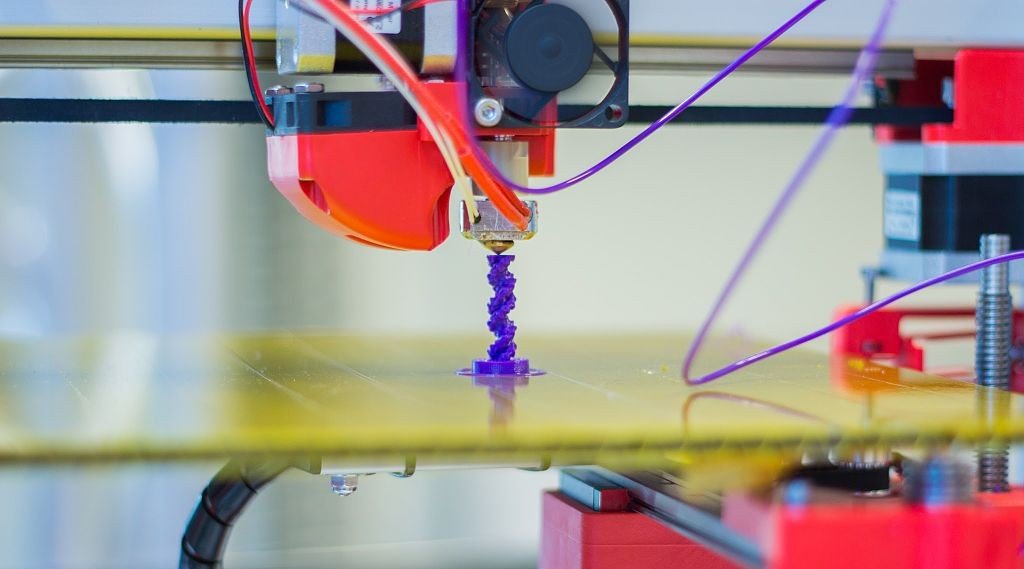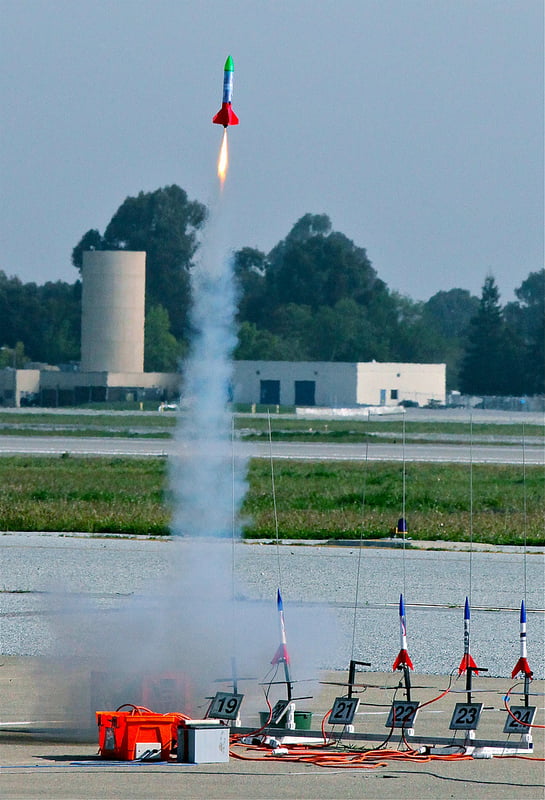This article was first published on The Times of Israel and was re-posted with permission.
What Israeli 3D pioneer Objet – now integrated with Minnesota-based 3D printing company Stratasys – did for plastic, Israeli start-up Xjet plans to do for metal.
“The layered inkjet printing technology that is used to make medical devices, dental implants, single-run samples for manufacturing, and much more is all based on plastic,” said Xjet CEO Dror Danai. “In the same way that Objet helped create an industry for 3D printing using plastic materials, we intend to create an industry that will allow the same kind of custom printing for metal.”
The reference to the Israeli 3D printing company that was one of the creators of the 3D printing industry, is not coincidental; Danai and many of the 62 people working at the Rehovot- based company are veterans of Objet. Danai left before the company merged with Stratasys to create the world’s biggest 3D printing firm.
“Objet’s big innovation was inkjet 3D printing, using plastic materials like PLC,” said Danai. “At Xjet, we are developing an inkjet printing tech for liquid metal, the first time this is being done anywhere.”
The technology, said Danai, could revolutionize manufacturing.
SEE ALSO: From Art To Extraordinary Architecture, Legendary Israeli Designer Ron Arad Keeps Stunning The World
“Right now, the only way to manufacture a piece of metal is by using a mold to fit liquid metal, which then solidifies,” said Danai. It’s the way everything metallic – from a pipe to a coin to a gold ring – is made. “To make an odd-sized piece, you first have to make up a new mold and measure it to ensure it has the right specifications for the machines that are going to produce it commercially. Manufacturing a single, one-time item is a very drawn out and expensive proposition that makes many metal parts very expensive.”
Sign up for our free weekly newsletter
SubscribeSuch parts are used in rockets, spaceships, military jets, and other unique items, but for everyday use, such customized manufacturing is far too expensive and involved.
SEE ALSO: 3D Fashion Designer Danit Peleg Takes Tyra Banks And US By Storm
Enter Xjet, which, said Denai, uses nanotechnology to create special metal liquids that, using its 3D metal printing technology, can create unique, one of a kind items on the fly.
“We allow manufacturers to skip the mold stage, saving them huge amounts of time and money,” said Denai. “All the specifications are made in the software, and when it’s time to print, our nano-based metals are created according to those specifications.”
To read the full article, click here.
Photos: Jonathan Juursema, Steve Jurvetson
Related posts

Editors’ & Readers’ Choice: 10 Favorite NoCamels Articles

Forward Facing: What Does The Future Hold For Israeli High-Tech?

Impact Innovation: Israeli Startups That Could Shape Our Future





Facebook comments